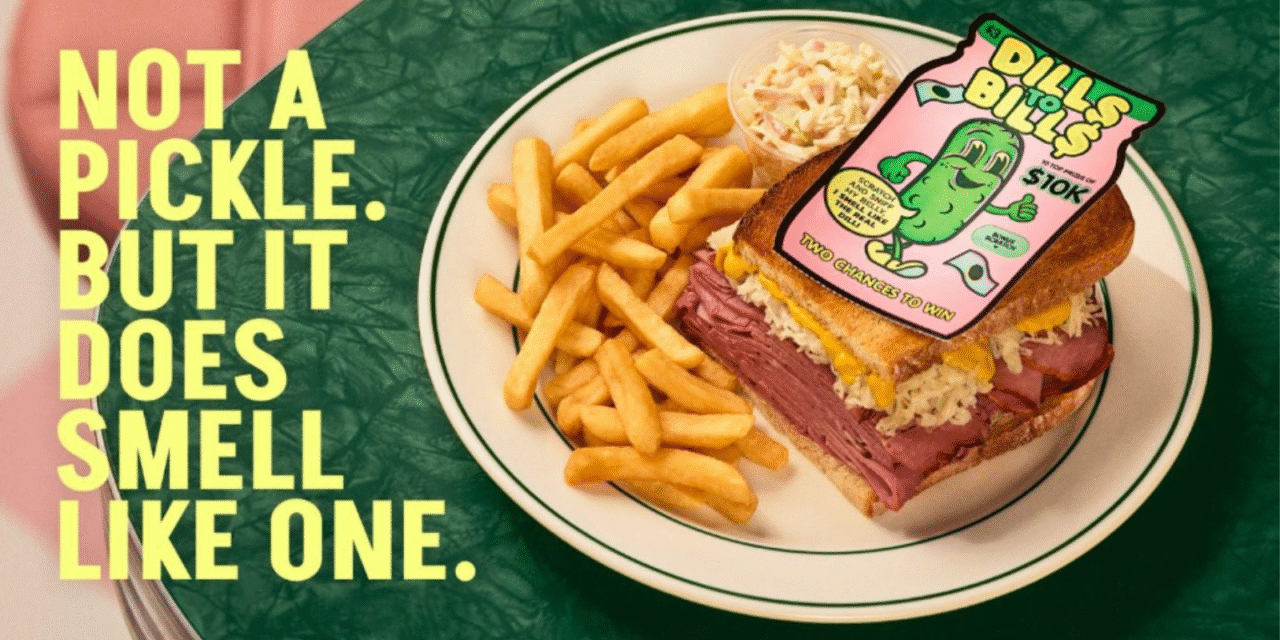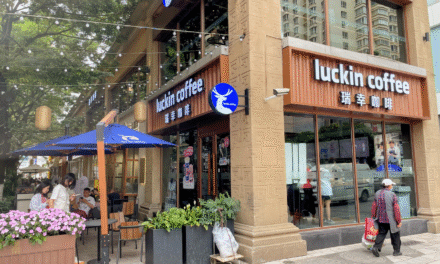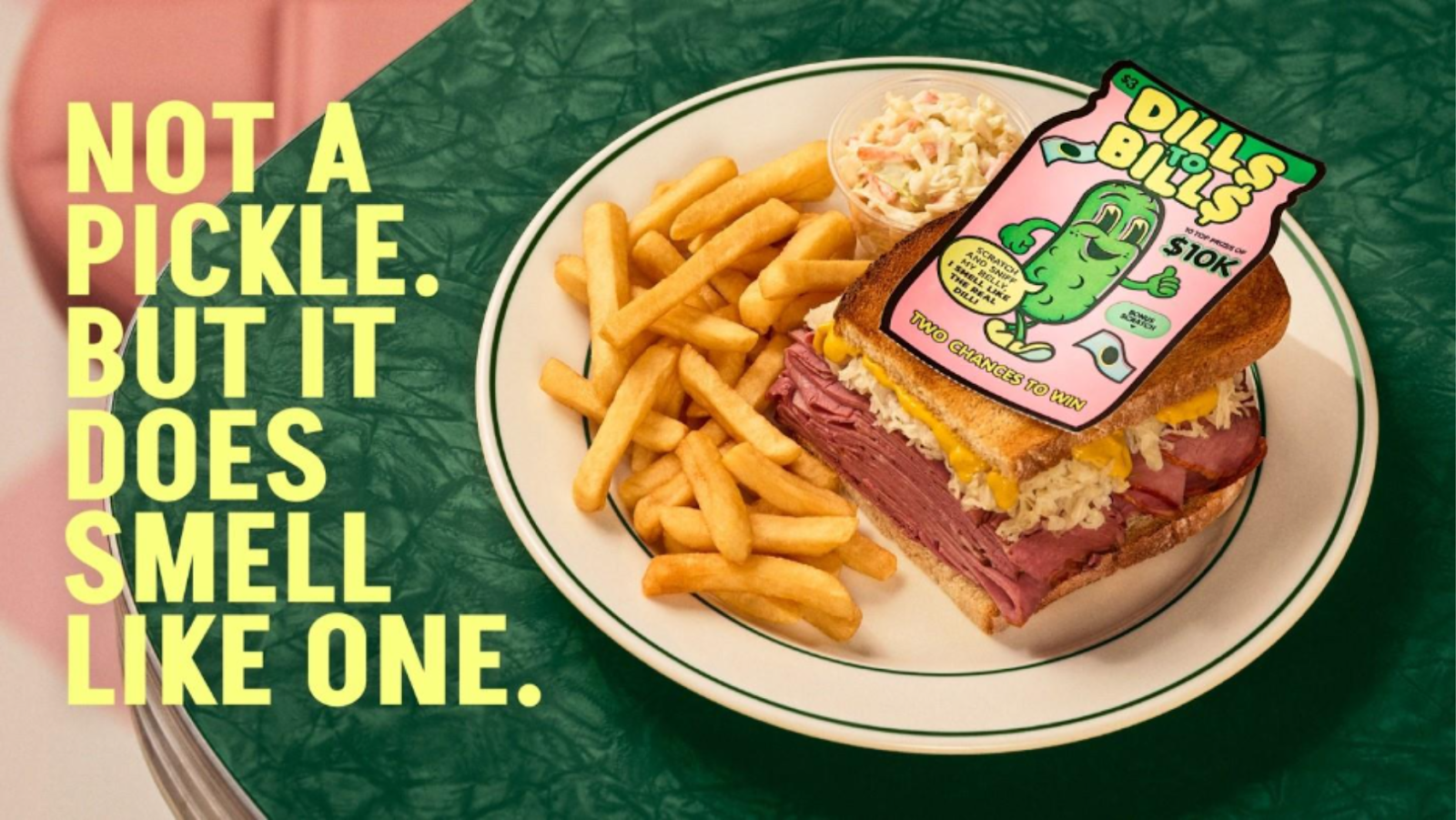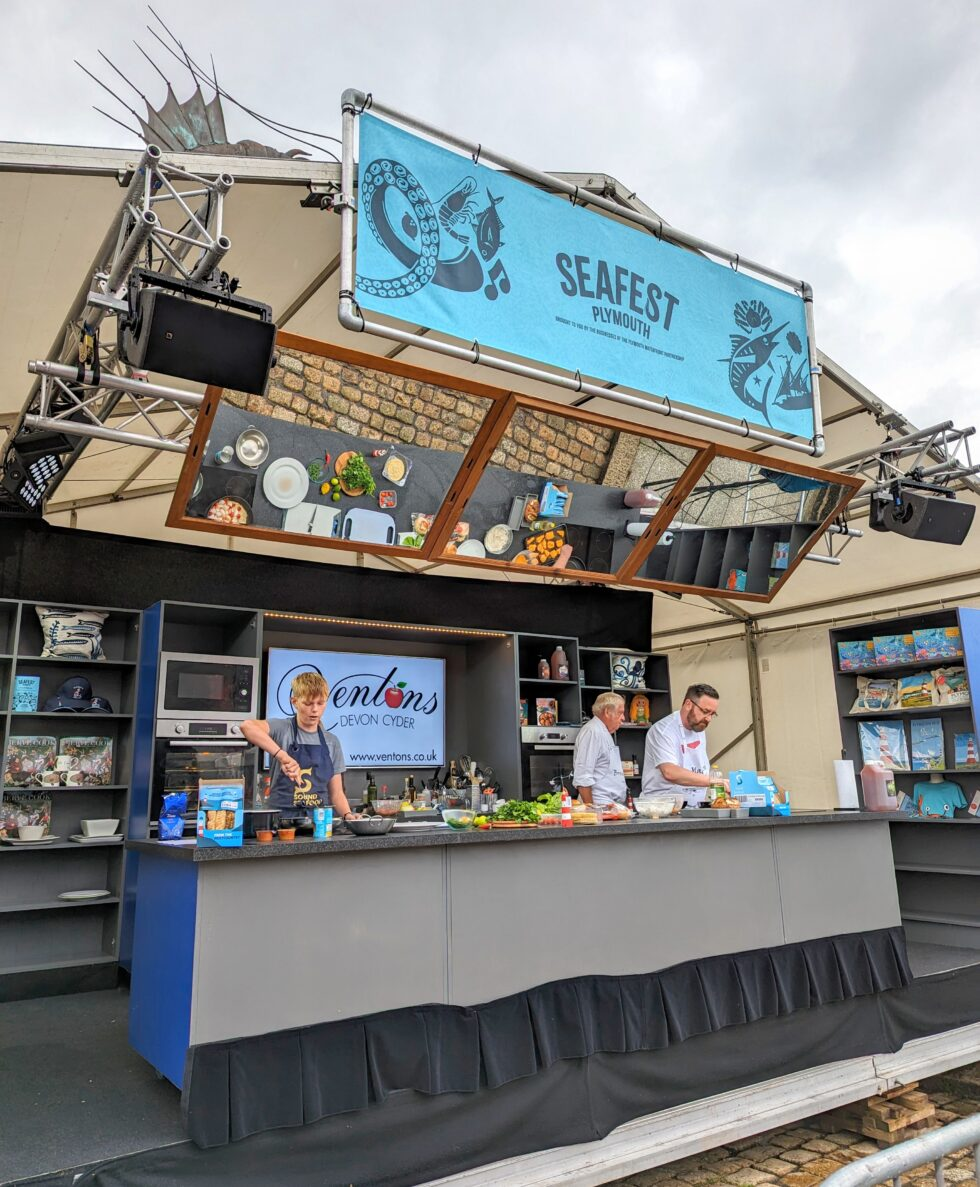In a marketing landscape often dominated by sameness, McCann Calgary has successfully cut through the clutter with a campaign that is as odd as it is genius. Capitalizing on the viral popularity of pickles, McCann Calgary launched a one-of-a-kind campaign for Lotto Spot featuring a scratch-and-sniff lottery ticket that smells like dill pickles. Appropriately titled “Not a Pickle,” the campaign’s hero product—Dills to Bills—offers players the chance to win $10,000 while embracing the quirks of modern consumer culture.
With humor, sensory engagement, and cultural relevance at its core, this activation is a creative benchmark in how traditional products like lottery tickets can be made fresh and buzzworthy. In this blog, we’ll explore the creative concept, execution strategy, media rollout, and why the campaign resonates so strongly with its audience.
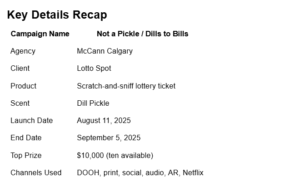
Understanding the Idea: “Not a Pickle,” but Maybe a Winner
Launched in August 2025 across Alberta, Manitoba, and Saskatchewan, the “Not a Pickle” campaign plays on the recent cultural obsession with all things pickled. But this isn’t about snack food. Instead, it’s a lottery ticket that smells like dill pickles—offering a multisensory experience that adds novelty to a traditional product.
The scratch ticket is branded “Dills to Bills,” a tongue-in-cheek name that immediately cues consumers into the playful tone of the campaign. Despite the scent, the ticket isn’t actually edible—and therein lies the humor. It’s not a pickle, but it might bring in some extra green.
The Cultural Moment: Why Pickles?
It may seem random, but pickles have become a pop culture sensation, particularly among younger demographics. From pickle-flavored chips to pickle cocktails and pickle-inspired merchandise, the briny snack has achieved cult status.
McCann Calgary seized on this niche trend not just for its novelty, but for its shareability. As Jordan Finlayson, senior copywriter at McCann Calgary, notes, the team wanted to authentically participate in a trend that millennials and Gen Z were already leaning into. By creating a product that’s part joke, part marketing stunt, and part nostalgic throwback to scratch-and-sniff stickers, they crafted a ticket that practically promotes itself.
Design and Branding: Visual Humor Meets Retail Standout
The campaign’s visual identity matches its absurd concept. The ticket design features a quirky pickle mascot in soft greens and pinks, reminiscent of retro diners or vintage packaging. According to senior art director Justin Tabakian, the visuals were crafted to “stand out in retail” and align with the absurdity of a pickle-themed lottery ticket.
The phrase “Not a Pickle” appears prominently throughout campaign collateral, reinforcing the joke and ensuring that consumers get the humor right away. This playful branding makes the product approachable while also breaking expectations about what a lottery ticket can be.
Multi-Platform Media Strategy
The campaign wasn’t just limited to point-of-sale materials. McCann Calgary rolled out an integrated media plan that spanned:
- Digital-Out-of-Home (DOOH) placements
- Scratch-and-sniff wild postings in Calgary and Edmonton
- Audio ads on Spotify
- Social media marketing across TikTok, Meta (Facebook/Instagram), and Snapchat
- A Snapchat Augmented Reality (AR) lens
- Netflix placements for extended digital engagement
The campaign launched on August 11, 2025, and runs through September 5, giving consumers just enough time to hear about it, get curious, and buy a ticket before the buzz fades.
The campaign also features $10,000 prizes, giving it a real incentive layer beyond just being funny. The combination of humor, scent, design, and tangible reward makes this campaign a rare blend of form and function.
The Role of Sensory Marketing
One of the boldest elements of the campaign is its use of scent marketing. The dill pickle aroma is not just a gimmick—it’s a deliberate trigger that sparks memory, nostalgia, and surprise. Scratch-and-sniff as a format is rarely used in modern marketing, making it feel fresh even though it draws from decades-old tactics.
Smell is one of the most powerful memory cues in human psychology, and by embedding scent into a tactile experience (scratching a ticket), McCann Calgary crafted an emotional connection that extends beyond the transactional nature of the lottery.
Why It Resonates: Key Takeaways
1. Trend Responsiveness
The campaign is timely and culturally relevant. By aligning with a quirky trend, McCann Calgary created a product that feels both current and organic—not forced or gimmicky.
2. Sensory Engagement
Smell isn’t typically used in lottery marketing, and the novelty of the dill pickle scent makes the ticket more than just paper—it becomes a conversation piece.
3. Humor and Shareability
“Not a Pickle” is a campaign designed to be shared. It’s absurd, memorable, and self-aware, all traits that thrive in today’s digital-first, meme-savvy culture.
4. Omnichannel Execution
From DOOH to AR filters, the campaign meets consumers where they are, both physically and digitally. This is crucial for brand recall and sustained engagement.
Potential Results and Brand Impact
While full performance metrics have yet to be released, early indicators suggest strong consumer curiosity and engagement. The unique angle and scent-based experience likely increased impulse purchases and brand recall—two primary objectives in any lottery campaign.
Moreover, Lotto Spot positions itself as a more modern, fun, and trend-aware brand, something particularly important in a category that often feels dated or utilitarian.
Final Thoughts
McCann Calgary’s “Not a Pickle” campaign is a masterclass in creative risk-taking, cultural alignment, and multi-sensory branding. At a time when consumer attention is hard to capture, this campaign delivers a product that literally begs to be scratched, sniffed, and shared.
It’s not just about selling tickets—it’s about delivering a moment of joy, surprise, and maybe even a little money. In the world of lottery marketing, that’s a win in itself.

